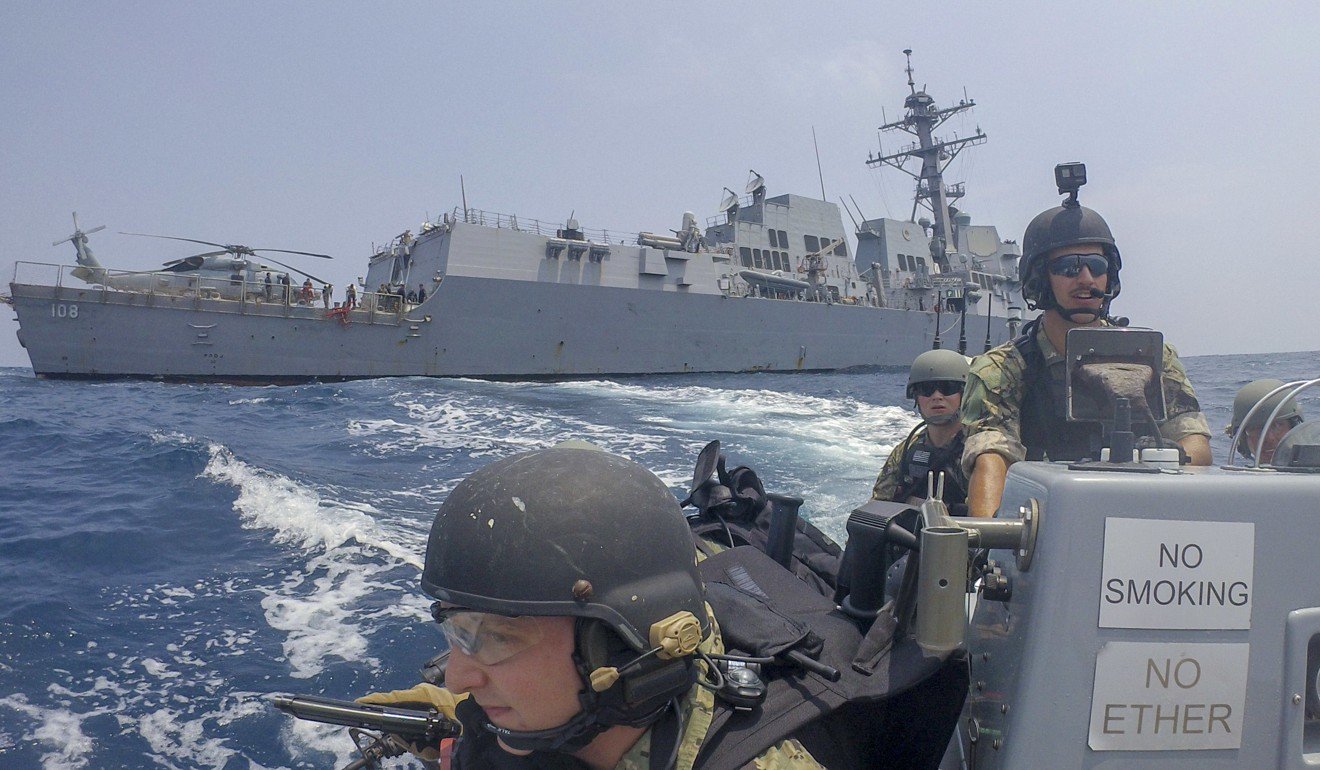US stages 85 military exercises with regional allies in 2019

- Washington keen to boost the defence capabilities of its Asian partners and ‘enhance interoperability’, Peking University think tank says
- US ‘likely to stage more drills on core combat capability … to handle the perceived regional security threat’, it says
While the drills – carried out between January and November – have varied in size, their aim has been consistent: to extend America’s presence in the region and strengthen the defence capabilities of its allies, the South China Sea Strategic Situation Probing Initiative, affiliated to Peking University, said in a report.
“Through these exercises, the US is enhancing its interoperability with other nations and making a stronger military presence to contain the rise of China as a maritime power,” it said, adding that America was “likely to stage more drills on core combat capability … to handle the perceived regional security threat”.
Of the joint and multinational exercises staged in the period, the Philippines was involved in at least 16, Thailand nine and Singapore six, the report said.
are – military cooperation between the two Southeast Asian nations and the US is deepening, the report said.
During the Pacific Griffin exercise, held from September 24 to October 10 in waters off Guam, the navies of the US and Singapore staged their first ever cooperative anti-surface drill, fired a naval strike missile, and engaged in anti-submarine and anti-air warfare manoeuvres, it said.
“By adding new items to routine drills and focusing on things that emphasise combat readiness, the exercises are getting more professional with clearer targets.”

The US has also invited other allies, including Japan, India and Australia, to take part in exercises in the South China Sea, in an effort to “drag more nations into the [issue]”, the report said.
“The participation of these allies will help the US military to be better prepared for battle,” it said.
Tensions between China and the US are running high in the Indo-Pacific region, and especially in the South China Sea, where Washington says it is conducting freedom of navigation operations but which Beijing sees as an infringement of its sovereignty.
“We are in competition with the People’s Republic of China,” he said, adding that the US shared common values with its Asian allies.
“I believe that the strength of partnerships with those values will be what keeps the nations in the region secure.”
General Charles Brown, commander of the US Pacific Air Forces, said the US air force had also been making regular freedom of navigation operations over the South China Sea, though they did not get as much attention as the naval operations.
Collin Koh, a research fellow with the Maritime Security Programme at the S. Rajaratnam School of International Studies in Singapore, said boosting interoperability between the US and its regional allies would complicate Beijing’s military planning in the South China Sea.
Despite the Pentagon’s ambitions, the US initiatives were sometimes limited by the size and structure of its allies’ navies, Koh said.
For instance, Brunei had only a small number of warships equipped with anti-ship missiles, while Vietnam’s ships were almost exclusively ex-Russian or Soviet, which were not compatible with the US fleet, he said.
“These factors affect the type of training that can be conducted.”
- Previous “Afghanistan papers” published by WPost: Bombshell Afghanistan report bolsters calls for end to ‘forever wars’
- Next Technical Problems, Slowing Economy Cut China’s Carrier Ambitions


















